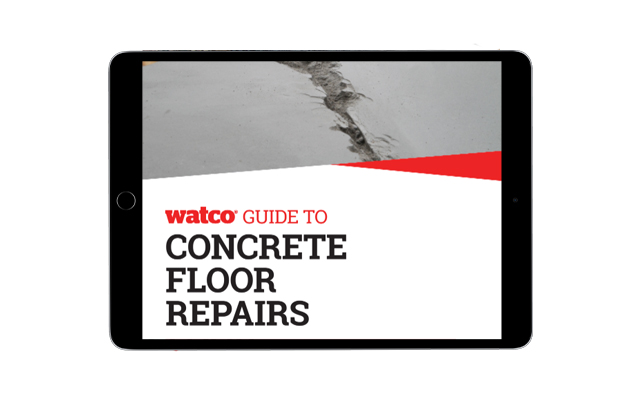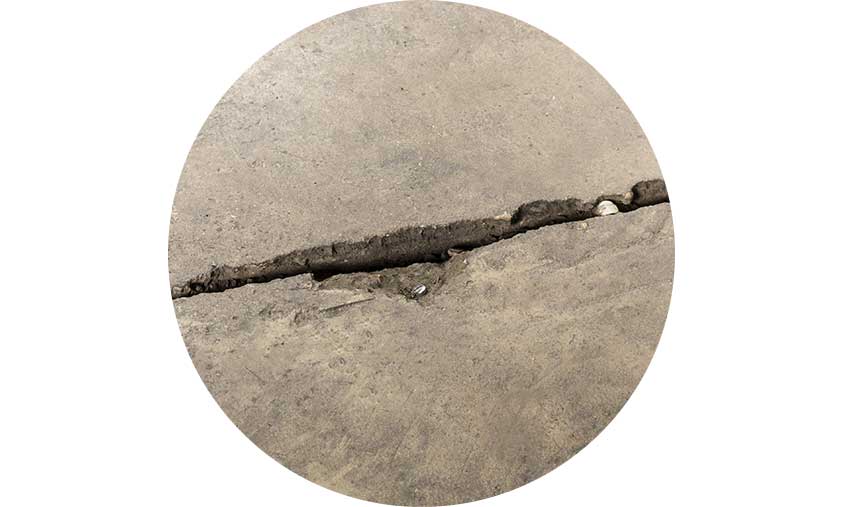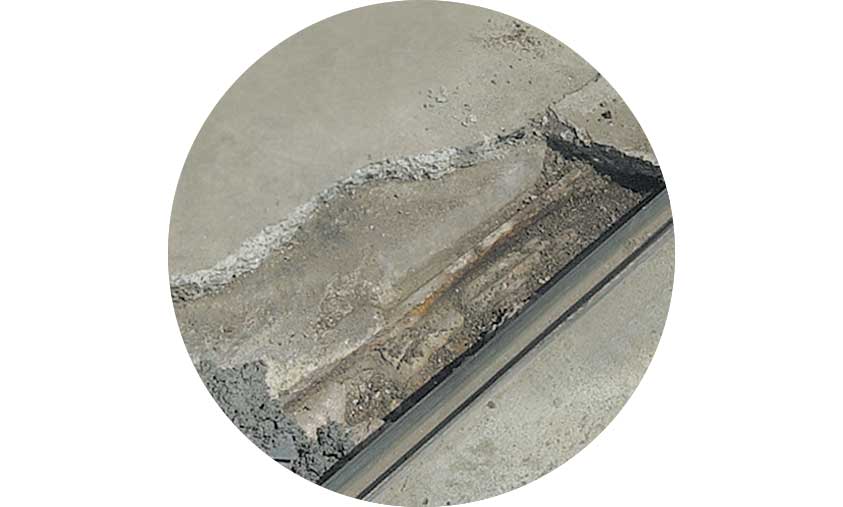In this guide you will learn…
Sign up and download our eBook today!

Already got an account? Sign in now and we’ll retrieve your details to save you time completing the form below.

Prevent trip hazards
The HSE 2018/19 report states that 98% of all non fatal accidents in the workplace are caused by slips, trips and falls so a regular check and swift repair of floors is a good idea.

Stop minor damage deteriorating
It's surprising how quickly minor damage in a concrete floor deteriorates. Once damaged and vulnerable to erosion, concrete is not particularly strong.

Help maintain a clean environment
Dirt and bacteria build up in chips and cracks making cleaning and maintenance difficult. Frequent repairs help keep things clean and makes for a pleasant working environment.

Prepare the floor for painting
If you're planning on painting the concrete floor, it should be repaired first. Even small chips or cracks which were not particularly noticeable before painting can stand out once coated.